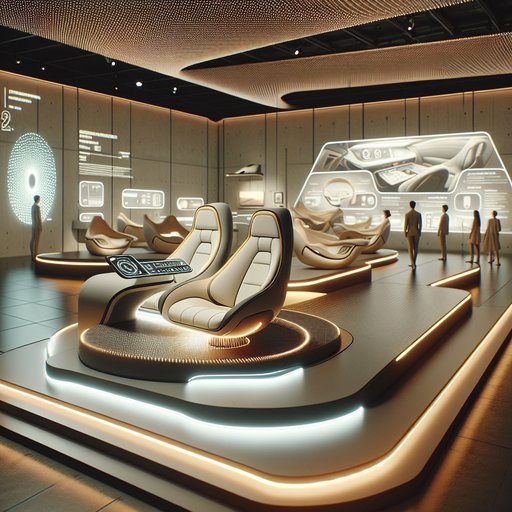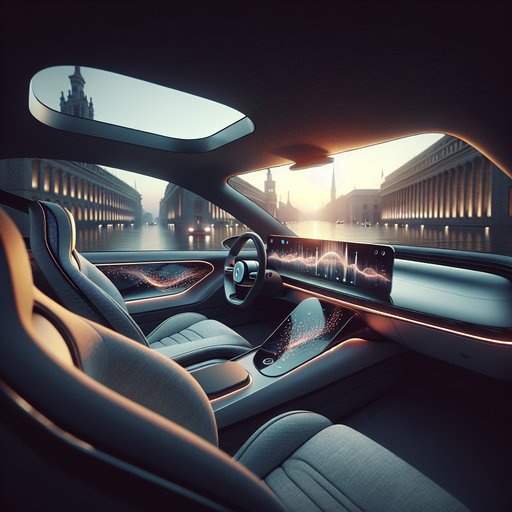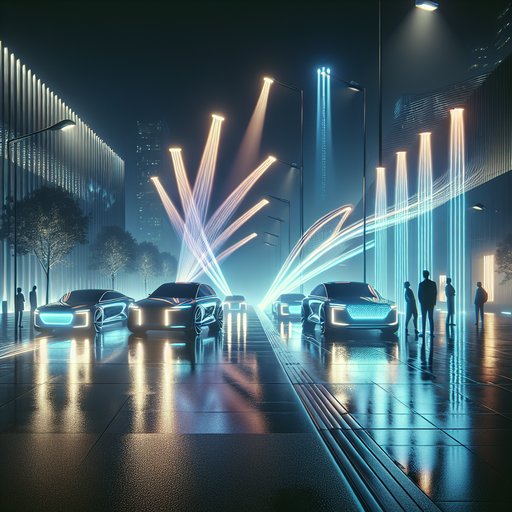
Biometric monitoring, climate personalization, and adaptive seating—once the vocabulary of auto suppliers—are now being shaped in galleries and design schools, where artists and curators probe how these systems feel, look, and behave. This month, museum programs and festival installations are inviting audiences to test responsive cabins, giving collectors and automakers a shared preview of near-future interiors. The work reframes dashboards as instruments and seats as living sculptures, with curators foregrounding consent, comfort, and cultural context alongside engineering. As commissions and open calls accelerate into the fall season, the art world is becoming a crucial mediator between technical possibility and humane experience inside vehicles.

As carmakers race to tame noise, the conversation has shifted from horsepower to sound design, drawing in artists, curators, and museum audiences alongside engineers. Acoustic glass, active noise cancellation, and carefully crafted EV “voices” are turning cabins into listening rooms and cities into quieter galleries. Collaborations with composers and sound artists now sit alongside supplier breakthroughs from Saint-Gobain, AGC, and Pilkington, while institutions from the V&A to the Petersen spotlight how silence and tone shape mobility. The immediate impact is tangible: calmer commutes, clearer dialogue, and more respectful streetscapes. The longer arc is cultural, as brands curate sonic identities that collectors can choose and critics can review.

Thermal systems have become the unsung heroes of modern electric vehicles, dictating how fast we can charge, how far we can drive in winter, and how reliably powertrains deliver performance. Across 2023 and 2024, battery makers, Tier 1 suppliers, and automakers quietly rewrote the rulebook with new coolants, pack architectures, and software that orchestrates heat like a resource. The immediate payoff is visible at the plug and on the road: steadier fast‑charging curves, fewer power cutbacks on long climbs, and warmer cabins that sip rather than gulp energy. As 2025 model launches approach, the sector is converging on integrated, multi‑loop designs that share heat between batteries, e‑motors, power electronics, and cabins, squeezing more utility from every watt.

Automotive lighting is stepping into the gallery, as designers and engineers treat headlamps and taillamps as curated media for safety, identity, and spectacle. This month in Munich, brand installations drew crowds with choreographed beam patterns and animated rear signatures, underscoring how regulation and display tech are converging. With design chiefs and lighting leads shaping marque identities as carefully as logos, the road is becoming a stage where audiences—drivers, pedestrians, and collectors—experience light as both function and art.












